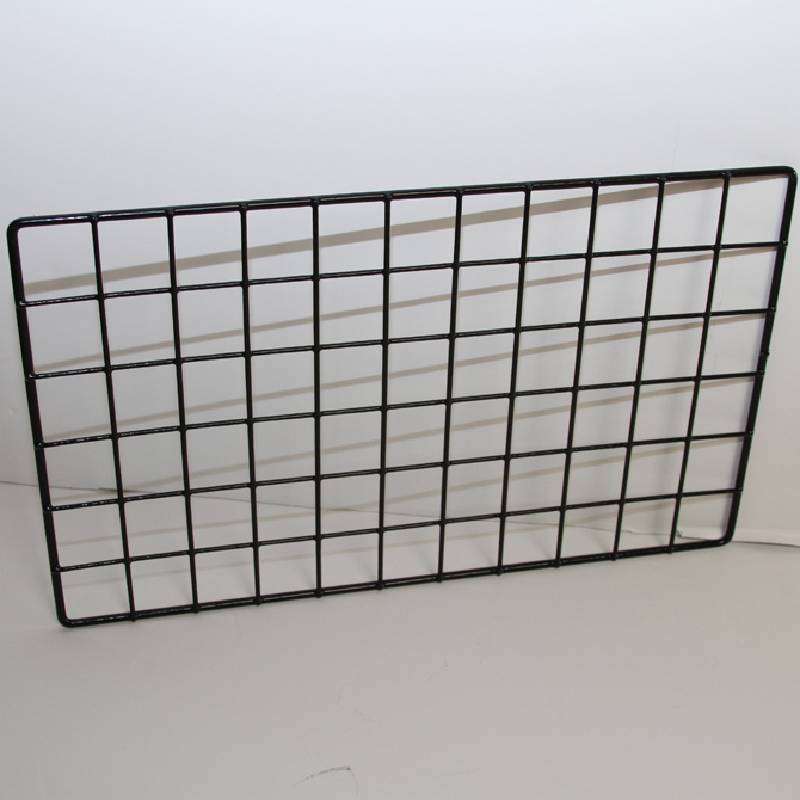
- Mobile Phone
- +8613931874955
- sales@cntcmetal.com
Guidelines for Proper Installation of Cavity Wall Ties in Construction Projects
Cavity Wall Tie Installation A Comprehensive Guide
Cavity wall ties are essential components in the construction of cavity walls, which are commonly used in modern buildings for their thermal efficiency and structural integrity. These ties provide necessary support and connections between the inner and outer walls, ensuring stability and resistance against lateral forces. This article provides a comprehensive overview of cavity wall tie installation, highlighting key considerations, procedures, and best practices.
Understanding Cavity Walls
Cavity walls consist of two separate walls, an outer wall and an inner wall, with a gap or cavity between them. This design allows for better insulation, moisture control, and structural strength. The installation of cavity wall ties plays a crucial role in preventing the two walls from moving independently, which could lead to structural failure.
Choosing the Right Wall Ties
Before installation, it is vital to select the appropriate wall ties for the specific project. Wall ties are typically made from materials like stainless steel, galvanized steel, or plastic, each offering different levels of durability and corrosion resistance. The choice depends on environmental conditions, the height of the wall, and the manufacturer's recommendations.
Installation Procedure
1. Planning The first step in the installation process involves detailed planning. Determine the spacing of the wall ties based on building codes and structural requirements. Generally, ties should be installed at a maximum horizontal spacing of 900 mm and a vertical spacing of 450 mm.
cavity wall tie installation

2. Preparation Before installing the ties, ensure that both the inner and outer walls are adequately prepared. The surfaces should be clean, and any debris should be removed.
3. Installing Ties - Start from the bottom of the wall and work your way up. - Position the ties within the cavity, making sure that they are level and installed at the correct angle (usually at 15 degrees from the horizontal). - Secure the ties by embedding them into the mortar during the laying of the outer wall or using a specific adhesive or anchor.
4. Checking Alignment After positioning the ties, it is essential to check their alignment and ensure they are properly anchored in both walls. This can be done using a spirit level and measuring tape.
Post-Installation Considerations
Once all the ties are installed, it’s important to conduct a thorough inspection to ensure that everything is in place and securely fastened. Check for any gaps in the ties that may compromise the wall's stability or insulation properties.
Conclusion
Proper installation of cavity wall ties is critical for the integrity and longevity of a cavity wall structure. By understanding the materials, planning adequately, and following the correct installation procedures, builders can ensure that their walls will withstand environmental stresses and provide effective insulation. Regular maintenance and inspections will further enhance the performance of cavity walls, leading to safer and more efficient buildings.
share:
-
Wall Ties for Concrete: Invisible Guardians of Building Structural StabilityNewsAug.08,2025
-
Timber Frame Wall Ties: Stable Bonds for Load TransmissionNewsAug.08,2025
-
Stainless Steel Woven Wire Mesh: A versatile material from boundary protection to functional supportNewsAug.08,2025
-
Powder Coat Coil Springs: Creating peace of mind and reliability with sturdy protectionNewsAug.08,2025
-
Floor Standing Sign Holder: A Powerful Assistant for Flexible DisplayNewsAug.08,2025
-
Binding Iron Wire: An Invisible Bond for Building StabilityNewsAug.08,2025
-
Yard Sign Stakes: Reliable Guardians of Outdoor SignsNewsAug.04,2025



















